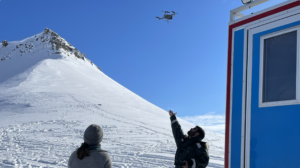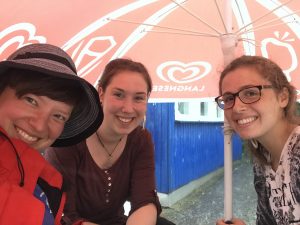
How local field laboratories can enhance student learning – first thoughts
One of iEarth’s stated goals is to develop “local field laboratories” at at least three out of its four member institutions: UiB, UiO, UiT, and UNIS. But what exactly a…

